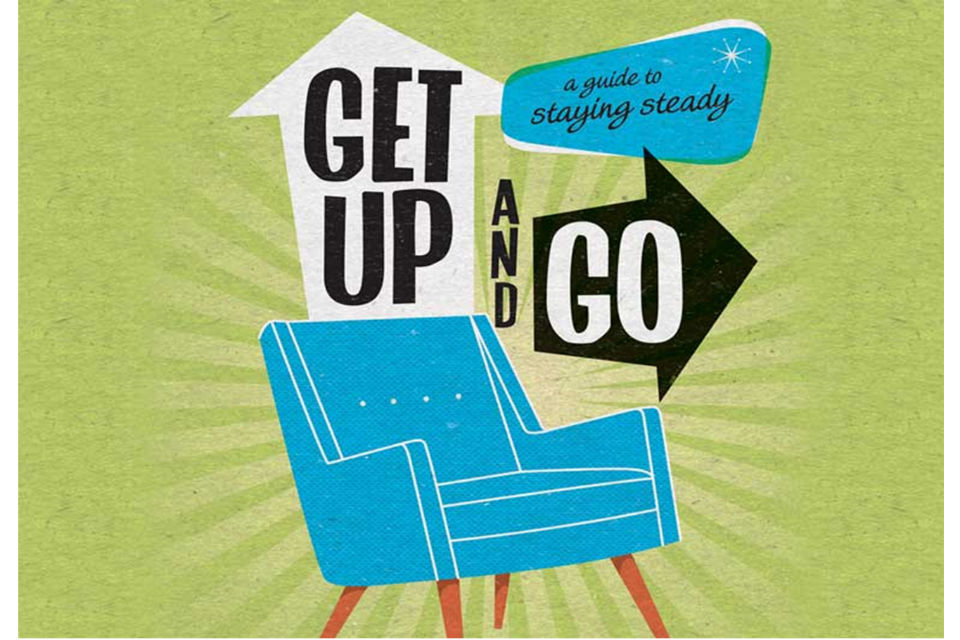Indicators on Dementia Fall Risk You Should Know
Table of ContentsWhat Does Dementia Fall Risk Do?Dementia Fall Risk Things To Know Before You Get ThisThe Facts About Dementia Fall Risk Revealed9 Easy Facts About Dementia Fall Risk Described
A loss threat analysis checks to see just how likely it is that you will drop. The analysis typically includes: This includes a collection of concerns regarding your general health and if you have actually had previous falls or troubles with equilibrium, standing, and/or strolling.Treatments are suggestions that may reduce your risk of falling. STEADI includes three steps: you for your danger of dropping for your threat variables that can be boosted to try to stop falls (for instance, balance problems, damaged vision) to lower your danger of dropping by making use of reliable strategies (for example, offering education and resources), you may be asked a number of inquiries including: Have you fallen in the past year? Are you fretted concerning falling?
If it takes you 12 seconds or even more, it may mean you are at higher threat for a loss. This test checks strength and balance.
The positions will certainly get more difficult as you go. Stand with your feet side-by-side. Relocate one foot halfway onward, so the instep is touching the huge toe of your other foot. Move one foot totally before the various other, so the toes are touching the heel of your various other foot.
The Ultimate Guide To Dementia Fall Risk
Most falls occur as an outcome of multiple contributing factors; as a result, taking care of the danger of dropping starts with recognizing the factors that contribute to fall danger - Dementia Fall Risk. Some of the most appropriate risk factors include: Background of previous fallsChronic clinical conditionsAcute illnessImpaired gait and equilibrium, reduced extremity weaknessCognitive impairmentChanges in visionCertain high-risk medicines and polypharmacyEnvironmental elements can also raise the risk for drops, including: Poor lightingUneven or harmed flooringWet or slippery floorsMissing or damaged handrails and order barsDamaged or improperly equipped devices, such as beds, wheelchairs, or walkersImproper use assistive devicesInadequate guidance of individuals living in the NF, consisting of those that show aggressive behaviorsA effective autumn danger administration program needs a complete medical evaluation, with input from all members of the interdisciplinary team

The care strategy need to additionally include interventions that are system-based, such as those that promote a secure setting (proper lighting, handrails, get bars, and so on). The efficiency of the treatments should be reviewed periodically, and the treatment strategy changed as required to show changes in the fall danger evaluation. Implementing an autumn threat monitoring system making use of evidence-based best practice can minimize her comment is here the occurrence of falls in the NF, while restricting the possibility for fall-related injuries.
Rumored Buzz on Dementia Fall Risk
The AGS/BGS standard recommends screening all grownups matured 65 years and older for fall risk annually. This screening includes asking people whether they have fallen 2 or more times in the previous year or sought medical attention for an autumn, or, if they have not fallen, whether they really feel unsteady when walking.
Individuals who have dropped as soon as without injury needs to have their equilibrium and stride evaluated; those with gait or equilibrium irregularities ought to get added analysis. A background of 1 fall without injury and without stride or balance problems does not call for more analysis over at this website beyond ongoing yearly loss danger screening. Dementia Fall Risk. A fall risk evaluation is needed as component of the Welcome to Medicare exam

Little Known Facts About Dementia Fall Risk.
Recording a drops history is one of the high quality signs for fall prevention and management. A critical component of risk analysis is a medication review. Numerous page courses of medications boost autumn danger (Table 2). Psychoactive medications particularly are independent forecasters of falls. These medicines have a tendency to be sedating, alter the sensorium, and impair balance and gait.
Postural hypotension can often be reduced by decreasing the dosage of blood pressurelowering medications and/or stopping medications that have orthostatic hypotension as an adverse effects. Usage of above-the-knee support hose and copulating the head of the bed boosted might also lower postural reductions in blood stress. The suggested components of a fall-focused checkup are revealed in Box 1.

A TUG time above or equivalent to 12 seconds recommends high autumn risk. The 30-Second Chair Stand examination assesses reduced extremity stamina and equilibrium. Being unable to stand up from a chair of knee height without using one's arms indicates boosted fall threat. The 4-Stage Equilibrium examination examines static equilibrium by having the person stand in 4 positions, each considerably more difficult.